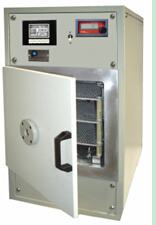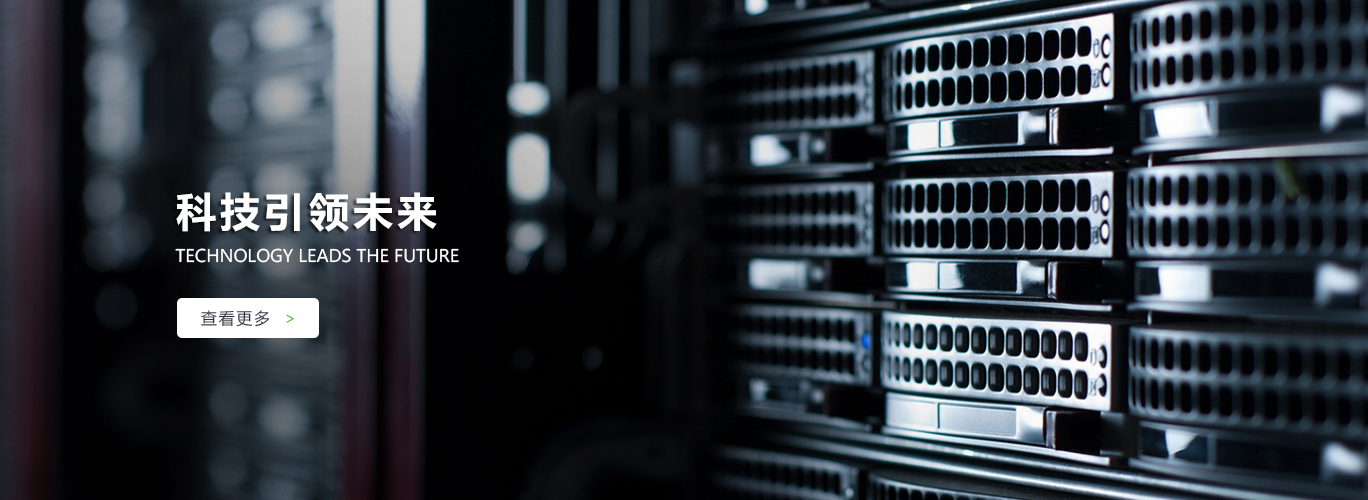新闻资讯
联系我们
名 称:苏州赛森电子科技有限公司
电 话:0512-58987901
传 真:0512-58987201
邮 箱:sales@cycas.com
地 址:江苏省张家港经济开发区福新路1202号 215600PRC
网 址:www.cycas.com
Name: Suzhou cycas Microelectronics Co., Ltd.
Tel.: 0512-58987901
Fax: 0512-58987201
Email: sales@cycas.com
Address: No.1202,Fuxin Road,Zhangjiagang Economic Development Zone,Jiangsu Province 215600PRC
Website: www.cycas.com
Application of plasma cleaning machine in semiconductor etching process等离子清洗机在半导体刻蚀工艺中的应用
Application of plasma cleaning machine in semiconductor etching process等离子清洗机在半导体刻蚀工艺中的应用
发布日期:2019-10-11 作者: 点击:
等离子清洗机在半导体刻蚀工艺中的应用

生产集成电路的第一步是通过掩模向基底透射电路图案。光敏性聚合物光刻胶经紫外线曝光后,受照射部分通过显影作用去除。一旦电路图案在光刻胶上定型后,即可通过刻蚀工艺将图案复制到多晶硅等质地的基底薄膜上,从而形成晶体管门电路,同时用铝或铜实现元器件之间的互连,或用二氧化硅来阻断互连路径。刻蚀的作用在于将印刷图案以极高的准确性转移到基底上,因此刻蚀工艺必须有选择地去除不同薄膜,基底的刻蚀要求具备高度选择性。否则,不同导电金属层之间就会出现短路。另外,刻蚀工艺还应具有各向异性,那样可保证将印刷图案精确复制到基底上。
等离子刻蚀技术
20世纪70年代,微电子元器件产业开始采用等离子刻蚀技术。等离子体可将气体分子离解或分解为化学活性组分,后者与基底的固体表面发生反应,生成挥发性物质,然后被真空泵抽走。通常有四种材料必须进行刻蚀处理:硅(惨杂硅或非惨杂硅)、电介质(如SiO2或SiN)、金属(通常为铝、铜)以及光刻胶。每种材料的化学性质都各不相同。等离子体刻蚀为一种各向异性刻蚀工艺,可以确保刻蚀图案的精确性、对特定材料的选择性以及刻蚀效果的均匀性。等离子体刻蚀中,同时发生着基于等离子作用的物理刻蚀和基于活性基团作用的化学刻蚀。等离子体刻蚀工艺始于比较简单的平板二极管技术,已经发展到时用价值数百万美元的组合腔室,配备有多频发生器、静电吸盘、外部壁温控制器以及针对特定薄膜专门设计得多种流程控制传感器。
可进行刻蚀处理的电介质为二氧化硅和氮化硅。这两种电介质的化学键键能很高,一般需采用由碳氟化合物气体(如CF4、C4F8等)产生的高活性氟等离子体才能将其刻蚀。上述气体所产生的等离子体化学性质极为复杂,往往会在基底表面产生聚合物沉积,一般采用高能离子将上述沉积物去除。
Application of plasma cleaning machine in semiconductor etching process
The first step in the production of integrated circuits is to transmit circuit patterns to the substrate through a mask. After UV exposure, the irradiated part of photosensitive polymer photoresist is removed by development. Once the circuit pattern is finalized on the photoresist, the pattern can be copied to the polysilicon and other texture substrate film through the etching process, so as to form the transistor gate circuit. At the same time, aluminum or copper are used to realize the interconnection between components, or silicon dioxide is used to block the interconnection path. The function of etching is to transfer the printing pattern to the substrate with high accuracy, so the etching process must selectively remove different films, and the etching of the substrate requires a high degree of selectivity. Otherwise, there will be short circuit between different conductive metal layers. In addition, the etching process should also be anisotropic, so as to ensure that the printed pattern can be accurately copied to the substrate.
In 1970s, plasma etching technology was adopted in microelectronic components industry. Plasma can dissociate or decompose gas molecules into chemical active components, which react with the solid surface of the substrate to generate volatile substances, which are then pumped out by vacuum pump. There are usually four materials that must be etched: silicon (matte silicon or non matte silicon), dielectric (such as SiO2 or sin), metal (usually aluminum, copper), and photoresist. The chemical properties of each material are different. Plasma etching is an anisotropic etching process, which can ensure the accuracy of etching pattern, the selectivity of specific materials and the uniformity of etching effect. In plasma etching, physical etching based on plasma action and chemical etching based on active group action occur simultaneously. Plasma etching technology started with a relatively simple flat diode technology, and has developed into a multi million dollar combined chamber equipped with a multi frequency generator, an electrostatic suction cup, an external wall temperature controller and a variety of specially designed process control sensors for specific films.
The dielectrics that can be etched are silicon dioxide and silicon nitride. The chemical bond energy of these two dielectrics is very high, which can be etched by high active fluorine plasma produced by fluorocarbon gas (such as CF4, C4F8, etc.). The chemical properties of the plasma produced by the above gases are very complex, and polymer deposition often occurs on the surface of the substrate. Generally, high-energy ions are used to remove the above-mentioned deposits.
本文网址:http://www.cycas.com/news/434.html
相关标签:等离子刻蚀机
最近浏览:
相关产品:
相关新闻:
- 怎么选等离子清洗机设备厂商呢?How to choose plasma cleaning equipment manufacturers?
- 真空等离子清洗产品特点Characteristics of vacuum plasma cleaning products
- 等离子体表面处理的技术及应用Technology and application of plasma surface treatment
- 等离子体表面处理的原理Principle of plasma surface treatment
- 等离子表面处理技术也具有以下优势Plasma surface treatment technology also has the following advantages
- 等离子清洗机在手机行业中的应用Application of plasma cleaning machine in mobile phone industry
- A complete set of equipment for surface modification, surface activation, etching and nano coating of plasma cleaning machine等离子体清洗机表面改性、表面活化、刻蚀、纳米涂层一台设备全搞定 A complete set of equipment for surface modification, surface activation, etching and nano coating
- A complete set of equipment for surface modification, surface activation, etching and nano coating of plasma cleaning machine等离子体清洗机表面改性、表面活化、刻蚀、纳米涂层一台设备全搞定
- 等离子清洗机效果如何评估 How to evaluate the effect of plasma cleaning machine?
- 真空等离子清洗原理Principle of vacuum plasma cleaning

